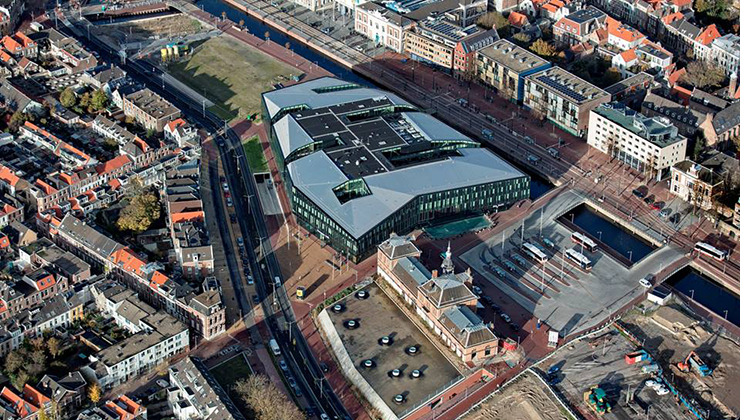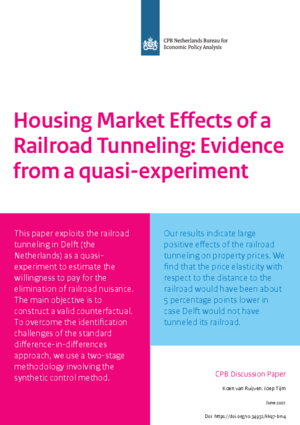Housing Market Effects of a Railroad Tunneling: Evidence from a quasi-experiment

Read the Dutch document ‘De leefbaarheidseffecten van Spoorzone Delft’.
Inhabitants of Delft have experienced significant nuisance from railroad traffic. Since 1965, trains entered the city via an elevated track that ran right through the city. In our analyses we show that noise and other forms of nuisance made living close to the train tracks less attractive, which was reflected in residential property prices. For this research we have used a dataset provided by the NVM (the largest association of real estate agents and appraisers in the Netherlands) containing residential property characteristics and transaction prices starting in 1995.
Besides the effect on residential property prices, we show that the railroad tunneling has led to sorting effects. Our results indicate that the socioeconomic status of inhabitants of neighbourhoods around the tunnel has changed substantially due to the railroad tunnelling.
Downloads
Authors

